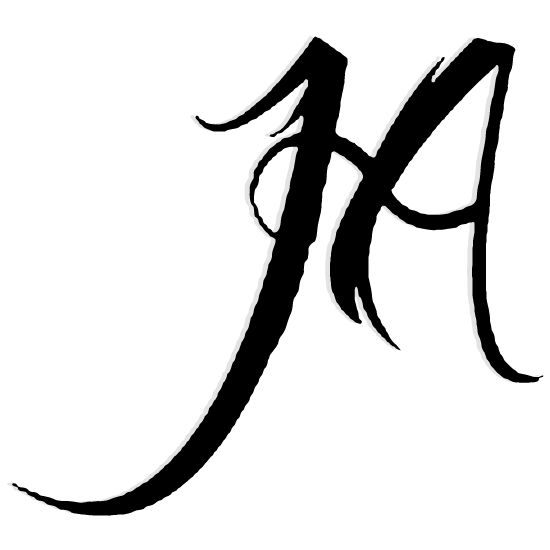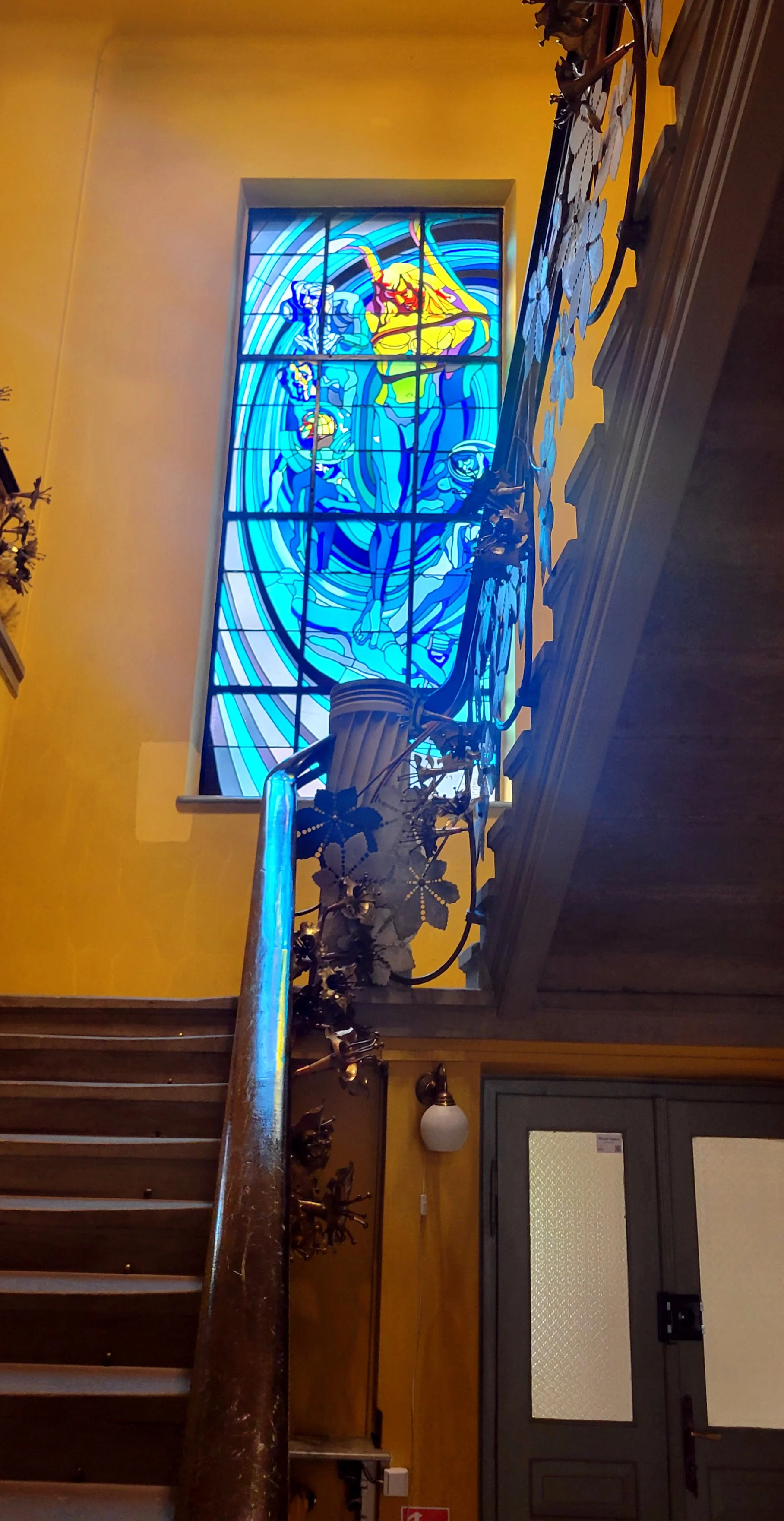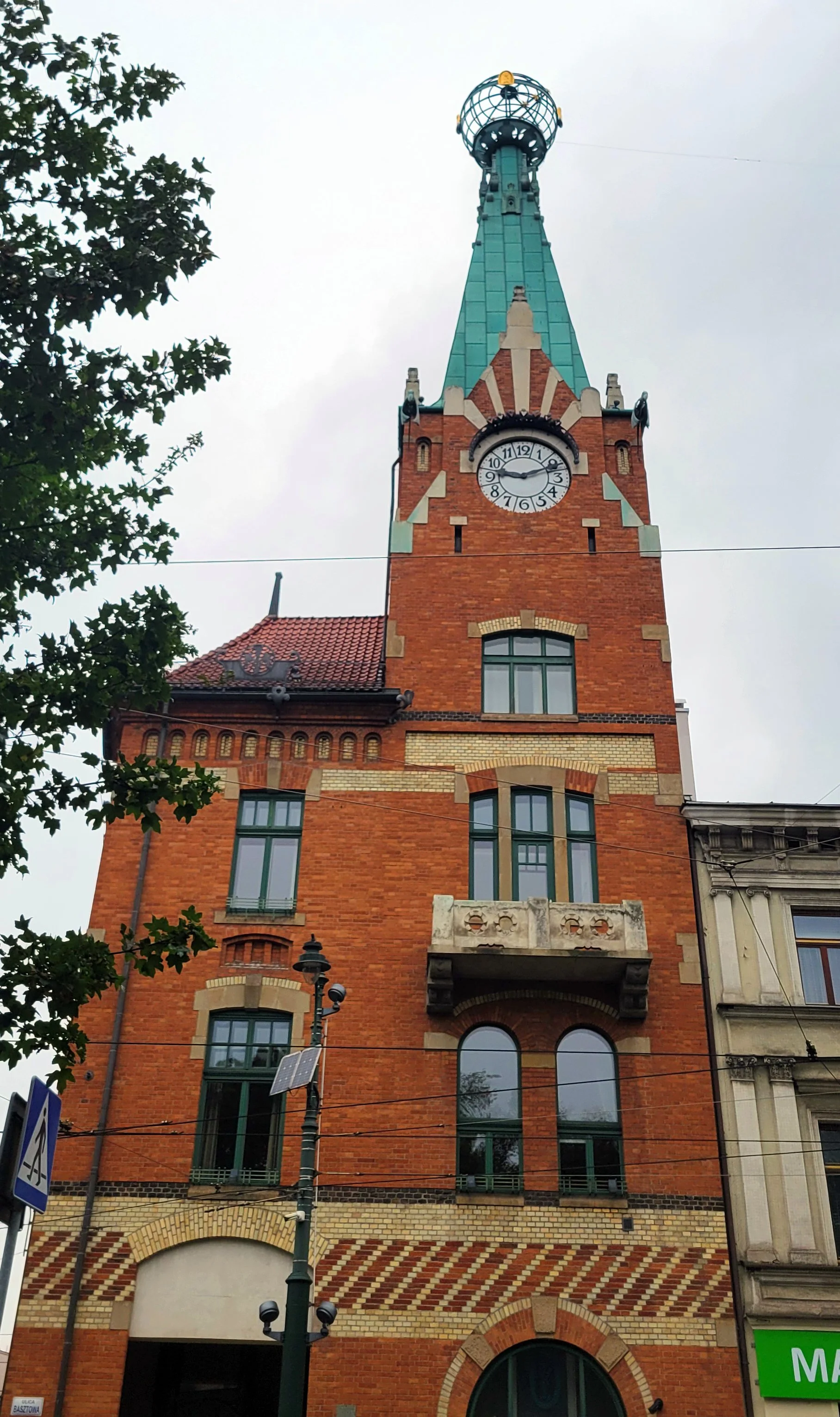I am spending the month of October in Poland, split between Krakow and the city of Zakopane. Last week, I was in Krakow and had the opportunity to visit two spaces that are largely closed to the public in order to see the spaces I am writing about first-hand.
First, I visited the Dom Towarzystwa Lekarskiego Krakowskieg [The House of the Krakow Medical Society], which is now a part of the Medical College of Jagiellonian University. Two prominent spaces in the building were designed by one of the subjects of my dissertation, Stanisław Wyspiański. First, Wyspiański designed the main stairwell, with its prominent floral motifs and large stained glass window of Apollo.
The second space in the building Wyspiański designed was the central meeting room, as well as an annex meeting space. The three spaces (hallway outside the room, meeting room, and annex space) are organized around a different floral motif, bringing both a sense of distinction and consistency to his design.
The second space I was given the opportunity to see in person was the Conference Hall designed by Józef Mehoffer in the Dom Pod Globusem. In 1905, when Mehoffer was commissioned to design the hall, the building served as Krakow’s Chamber of Commerce; it now houses a publishing firm.
The main conference hall was originally intended to be designed by Wyspiański, but he recommended that Mehoffer replace him due to his failing health.
The hall features common Art Nouveau elements of flora and fauna (see the intertwined snakes in the ceiling murals). However, Mehoffer’s offering differs radically from Wyspiański and Mucha’s when it came to the color palette Mehoffer selected. Mehoffer used rich colors while the others often relied on pastels. giving the hall a very unique feeling.
Wyspiański, Mehoffer, and Mucha all studied for a time in Paris, where all three discovered the powerful symbolist potential in the work of Pierre Puvis de Chavanne, who will become an important connecting thread between the three artists in my dissertation as I attempt to draw out a network of international artists association with the Habsburg Empire in its final decades that operated between the boundaries of national and international worldviews.








